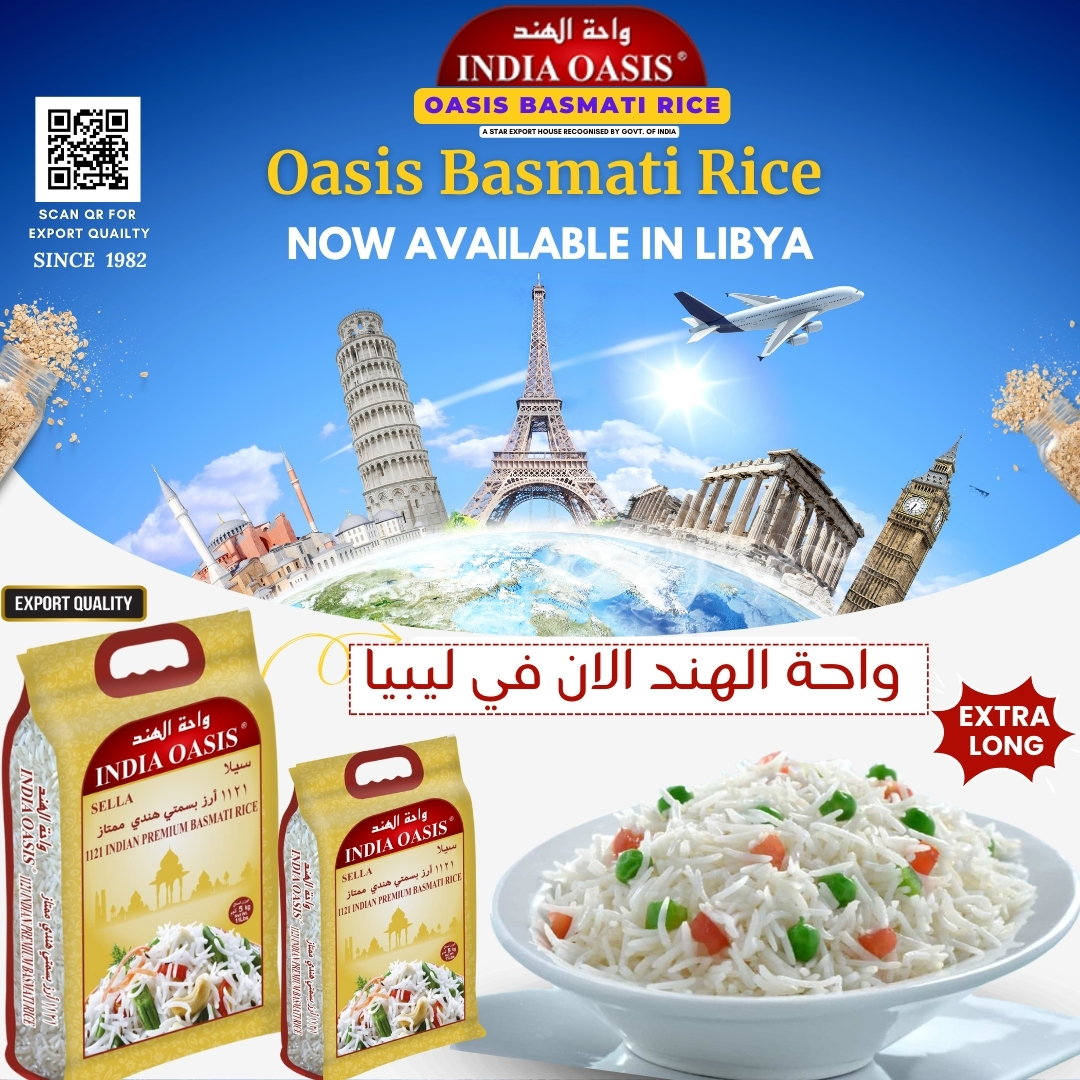
Mar 17, 2025
The Impact of Global Trade Policies on Rice Exports from India
In today's globalized economy, international trade policies play a significant role in shaping the export landscape for various commodities, and rice is no exception. As one of the world's leading rice exporters, India has seen its export market evolve due to changes in tariffs, trade agreements, and global economic trends. In this blog, we explore how these policies impact rice exports from India and what it means for businesses and consumers alike.
Global Trade Policies and Their Influence
Global trade policies—ranging from bilateral trade agreements to multilateral tariffs—affect the flow of goods across borders. For rice exporters, these policies determine the competitive edge of Indian rice in international markets. For instance, reduced tariffs in certain regions can lead to increased demand, while protectionist measures in other countries might challenge exporters to innovate and maintain high quality.
The Role of Indian Rice Manufacturers
Indian rice manufacturers, especially those based in key regions like Delhi and Haryana, play a pivotal role in ensuring quality and consistency. Renowned rice exporters in Delhi and rice exporters in Haryana have adapted their practices to meet stringent international standards. Companies like ours, Oasis Rice, focus on delivering premium varieties such as 1121 Rice, Biryani Rice, Long grain rice, and 1509 Rice to global markets. Our commitment to quality and innovation helps us stay competitive despite fluctuating trade policies.
Impact on Exporters and Manufacturers
1. Market Access and Expansion:
Trade agreements that lower tariffs and remove non-tariff barriers allow rice manufacturers in India to explore new markets. Enhanced market access benefits rice exporters in Delhi and Haryana, leading to growth in the export sector and improved brand reputation on the global stage.
2. Cost and Pricing Dynamics:
Changes in global tariffs can influence the pricing of rice exports. For example, favorable trade policies might lower costs, enabling competitive pricing for premium varieties like 1121 Rice and Biryani Rice. Conversely, protectionist measures may force rice exporters in Haryana and Delhi to adjust their strategies, ensuring that quality remains uncompromised while staying cost-effective.
3. Quality and Compliance:
As global markets demand higher quality standards, Indian rice manufacturers are continuously upgrading their processes. Strict adherence to international standards and quality checks ensures that the rice—whether it’s Long grain rice or 1509 Rice—meets buyer expectations. Compliance with global quality norms not only boosts the credibility of Indian rice exporters but also positions them as reliable partners in international trade.
4. Competitive Advantage:
With robust policies that support exports, Indian rice manufacturers can invest in technology and innovation. This enables them to streamline production, improve packaging, and ensure the freshness of the rice during long transit times. Such advancements give an edge to rice exporters in Delhi and rice exporters in Haryana, reinforcing India’s reputation as a hub for premium quality rice.
The Future of Rice Exports in India
Looking ahead, continuous improvements in trade policies and regulatory frameworks are likely to further enhance the competitiveness of Indian rice in the global market. With sustained focus on quality and innovation, rice manufacturers in India—especially those in Delhi and Haryana—are well-positioned to capitalize on emerging opportunities. By leveraging favorable trade policies, companies like Oasis Rice will continue to export high-quality Basmati rice varieties to discerning customers worldwide.
Connect With Us
For more information on our premium rice products and export services, please reach out:
Contact at: +91 98100 48451
Email: info@oasisrice.com
Website: www.oasisrice.com
Explore the excellence of Indian rice with Oasis Rice—your trusted partner in the global rice market.
